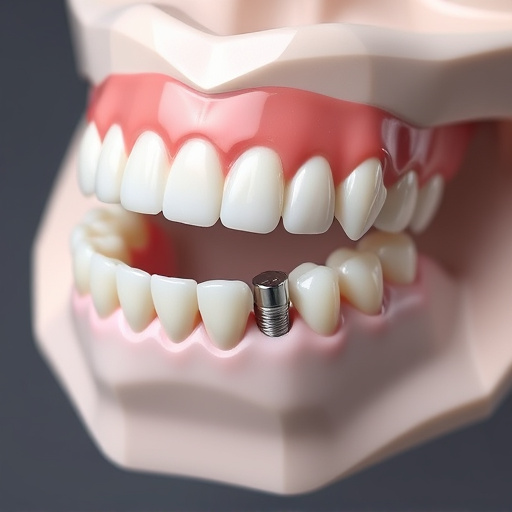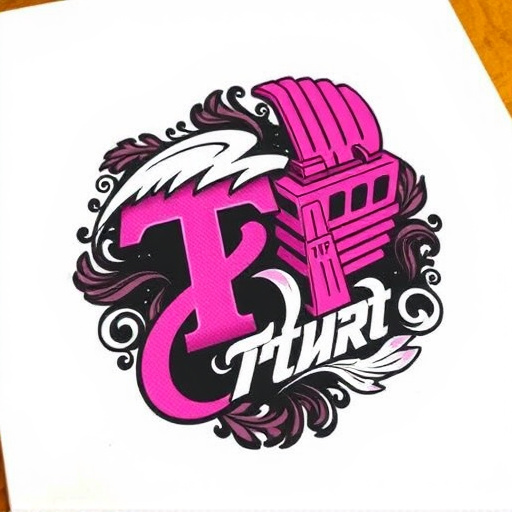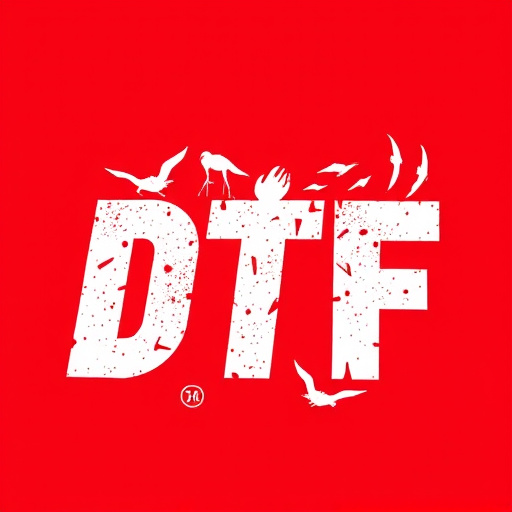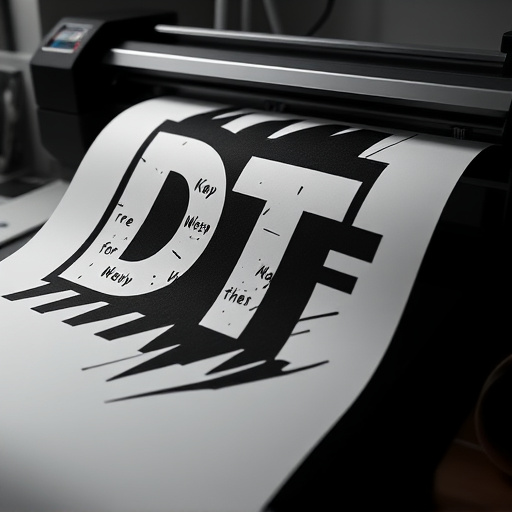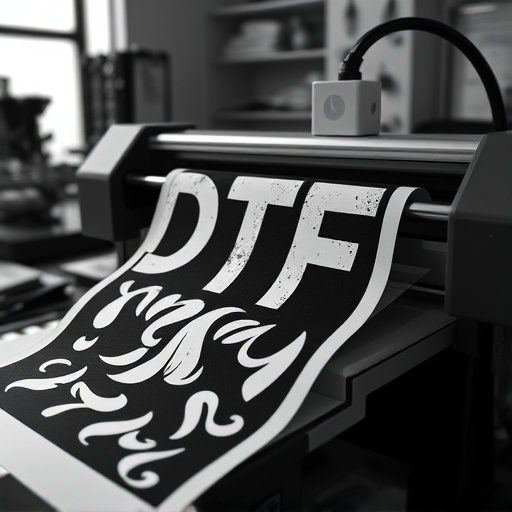The DTF Heat Press is a cutting-edge technology for custom printing, offering precise design application and eliminating traditional screening. Temperature adjustments should consider fabric type and design, with lower temps for light fabrics and higher temps for thicker materials. Timings and pressure settings are crucial for flawless results, with experimentation key to optimizing these for various fabric sensitivities.
Unleash the full potential of your DTF Heat Press with this comprehensive guide. Whether you’re a seasoned pro or a newcomer, mastering time, temp, and pressure settings is key to achieving flawless results. This article breaks down the fundamentals of the DTF Heat Press, provides insights on optimizing temperature for various materials, and offers expert tips for refining time and pressure settings. Elevate your printing game today!
- Understanding DTF Heat Press Basics
- Adjusting Temperature for Optimal Results
- Mastering Time and Pressure Settings
Understanding DTF Heat Press Basics

The DTF (Direct-to-Fabric) Heat Press is a game-changer in the world of custom printing, revolutionizing the way we create and personalize garments. It’s an innovative tool that allows for precise control over design application, making it ideal for creating custom graphic tees, hoodies, and more. The process involves transferring designs directly onto fabric using heat and pressure, eliminating the need for traditional screening methods.
Understanding the basic components of a DTF Heat Press is crucial to mastering the art of printing. Time, temperature, and pressure are the key variables that determine the success of each print job. By adjusting these settings, printers can achieve crisp, vibrant results on various fabrics, ensuring their custom dtf transfers are of the highest quality. Whether it’s for dtf printing for hoodies or creating unique designs on Custom graphic tees, mastering the DTF Heat Press basics is a valuable skill for any aspiring or established printer.
Adjusting Temperature for Optimal Results

When adjusting the temperature on a DTF Heat Press for optimal results, it’s crucial to consider the type of fabric and design being printed. For light fabrics like cotton or polyester blends, a lower temperature setting is generally recommended. This gentle approach ensures that the ink fuses with the fabric seamlessly while minimizing the risk of shrinkage or damage. On the other hand, thicker materials or those with more intricate designs may require higher temperatures to achieve proper heat transfer.
For accurate results in dtf printing for light fabrics, start with a lower temperature setting and gradually increase it if needed. Using high-quality dtf transfer sheets can also contribute to consistent performance. In bulk DTF shirt production, maintaining precise temperature control is key to meeting tight deadlines while preserving fabric integrity. Experimentation and understanding the material’s characteristics are essential when optimizing temperature settings for your DTF Heat Press.
Mastering Time and Pressure Settings

Mastering the timing and pressure settings on your DTF Heat Press is a game-changer when it comes to achieving impeccable results in dtf printing for hoodies. The DTF (Direct to Fabric) method, with its cold peel dtf transfers, requires precision to ensure the design perfectly fuses with the fabric without any bubbles or misalignments. Start by understanding your material; different fabrics have varying heat sensitivities. Adjusting the pressure and time accordingly allows you to cater to these nuances, ensuring a crisp print every time.
Experimentation is key. Setting the heat press at lower temperatures and increasing the pressing time can help with more delicate materials while stronger settings are suitable for thicker fabrics. Remember, the goal is to create a seamless bond without damaging the design or the material, highlighting the significance of these adjustments in the DTF printing process.
Mastering the art of adjusting time, temp, and pressure on a DTF Heat Press is key to achieving exceptional results. By understanding the basics, optimizing temperature settings, and refining timing and pressure, you’ll unlock the full potential of this versatile tool. With these adjustments, your DTF Heat Press will become an indispensable asset in creating high-quality prints and enhancing your creative process.


